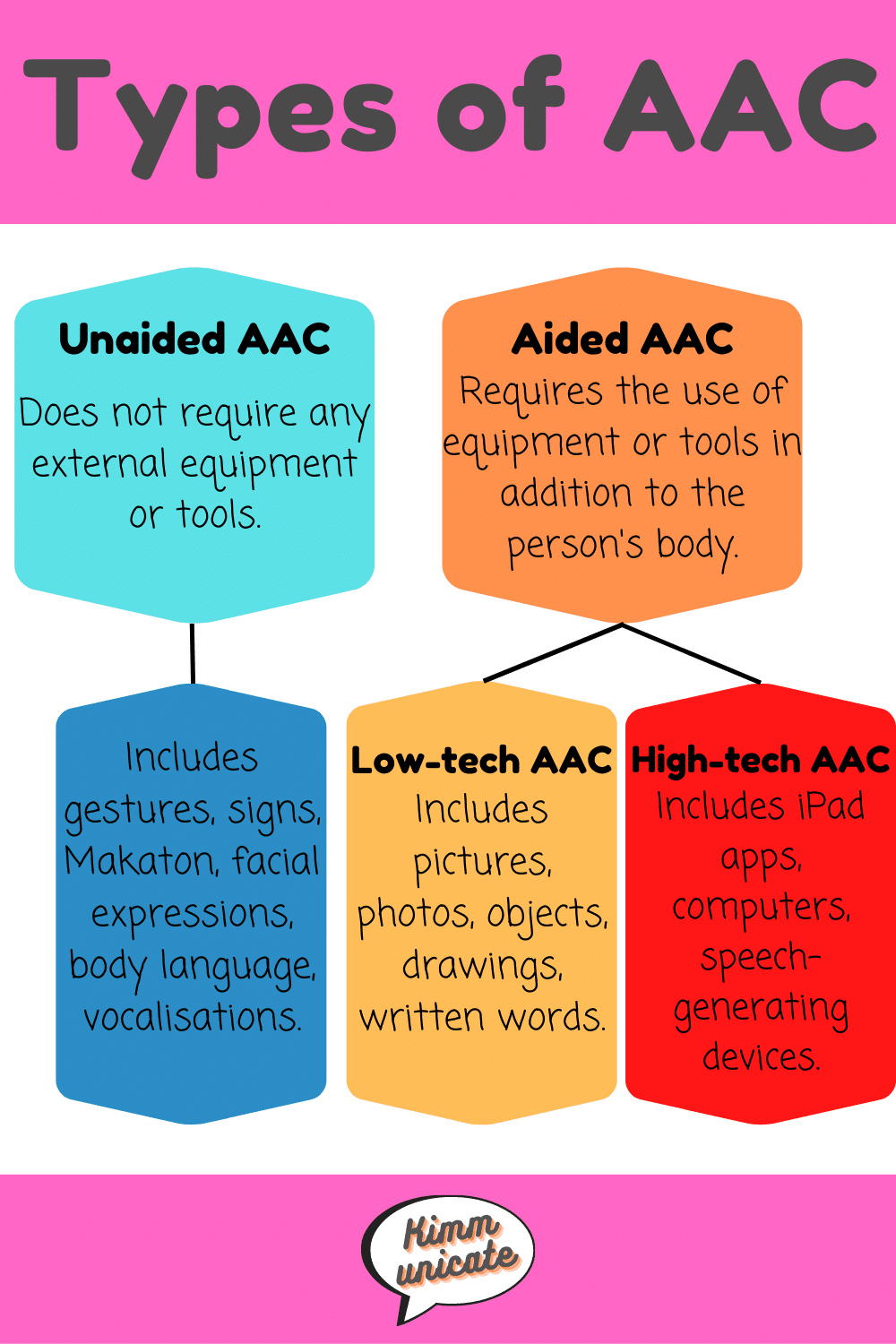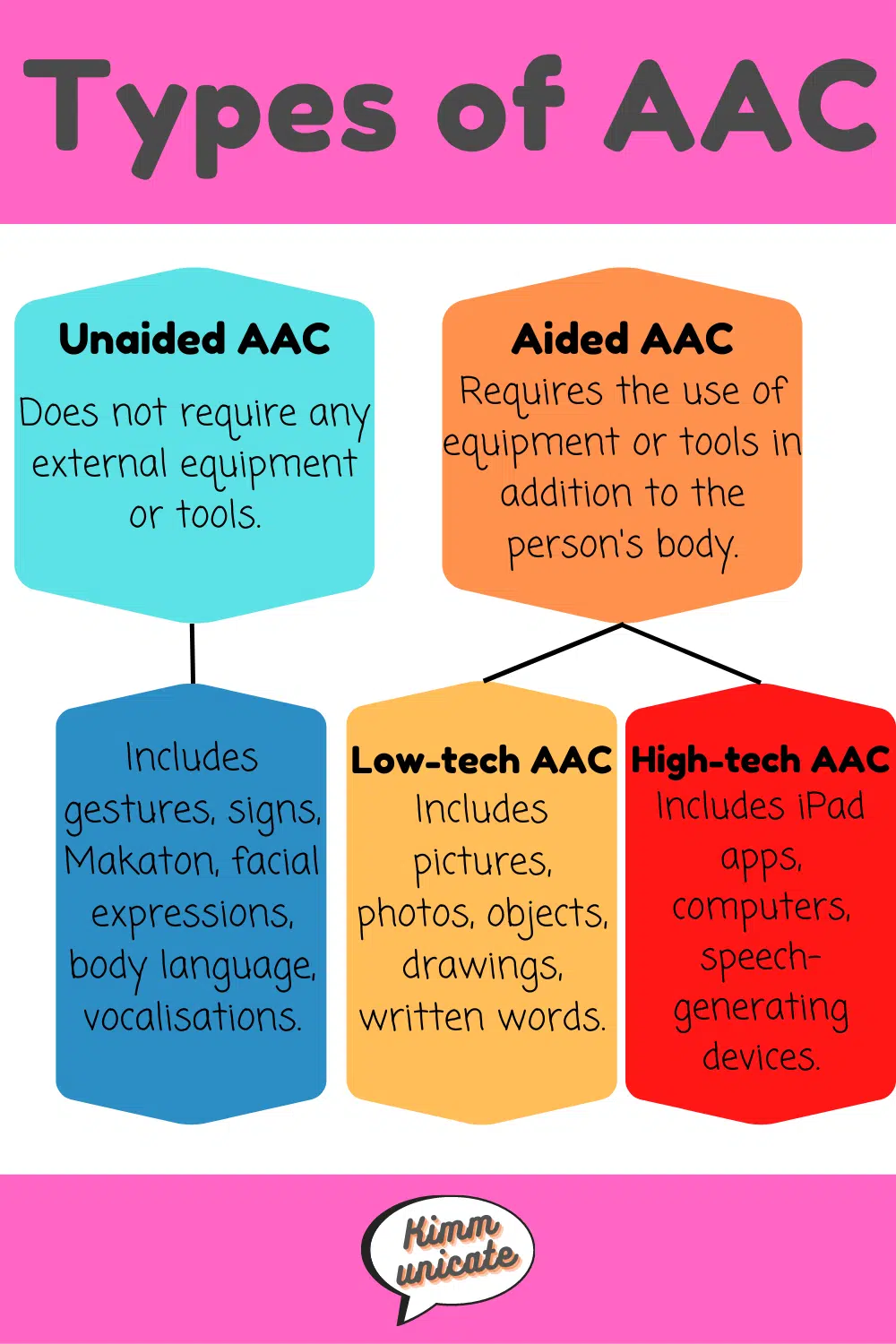A Speech Language Pathologist (SLP), also known as a speech therapist, is a healthcare professional who specializes in diagnosing and treating communication disorders and swallowing difficulties. They work with individuals of all ages, from infants to the elderly, to improve their ability to communicate effectively.
| Evaluation and assessment: |
SLPs conduct comprehensive assessments to evaluate an individual’s speech, language, and communication skills, as well as their swallowing abilities. |
| Treatment planning: |
Based on the evaluation results, SLPs develop customized treatment plans to address specific communication or swallowing goals. |
| Speech therapy: |
SLPs provide therapy sessions to individuals with speech and language difficulties, utilizing various techniques and exercises to improve speech articulation, language comprehension, and expression. |
| Language intervention: |
SLPs work on enhancing vocabulary, grammar, sentence structure, and social language skills to facilitate effective communication. |
| Voice therapy: |
SLPs assist individuals in improving their voice quality, pitch, volume, and resonance through specialized exercises and techniques. |
| Fluency intervention: |
SLPs help individuals who stutter or have other fluency disorders by employing strategies to improve speech fluency and reduce disfluencies. |
| Swallowing therapy: |
SLPs assess and treat individuals with swallowing difficulties (dysphagia), providing strategies and exercises to improve swallowing safety and efficiency. |
| Augmentative and alternative communication (AAC): |
SLPs introduce and train individuals to use alternative communication methods and devices, such as sign language or speech-generating devices, when verbal communication is limited. |
| Collaborative approach: |
SLPs work closely with individuals, families, caregivers, and other healthcare professionals to ensure a holistic and coordinated approach to therapy. |
| Continuous monitoring and adjustment: |
SLPs regularly monitor progress, modify treatment plans as needed, and provide ongoing support to individuals and their families. |
By conducting evaluations, providing targeted therapy, and implementing personalized treatment plans, they enable individuals to improve their communication skills, enhance their quality of life, and participate more fully in social, educational, and professional activities.
This post was originally published on Feb. 17, 2023. It was updated on Jan. 4, 2024.














